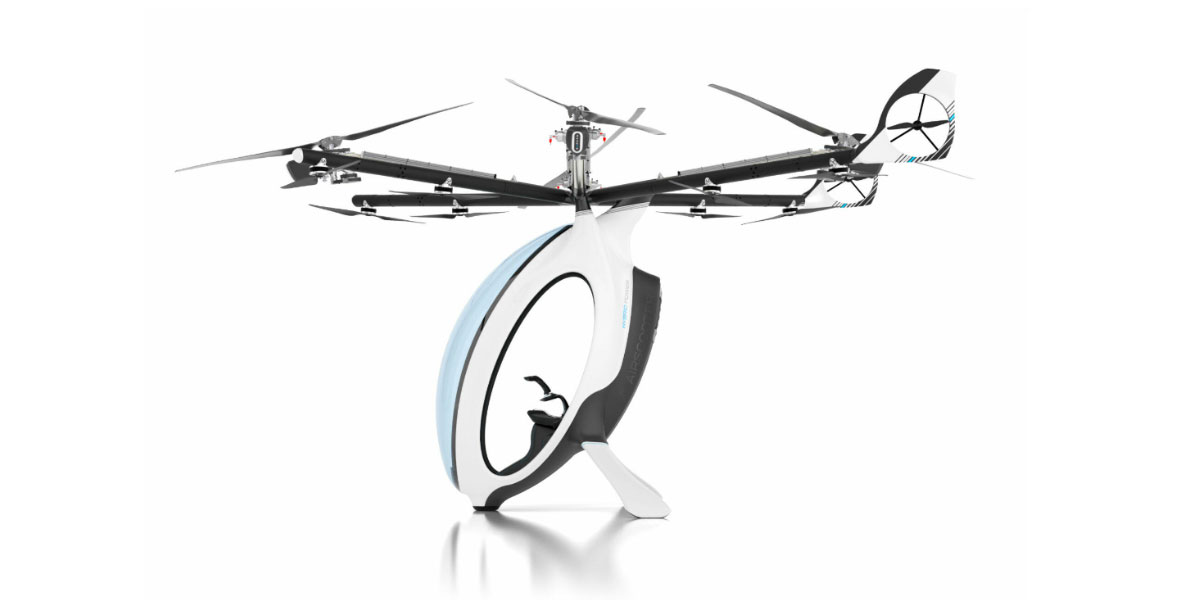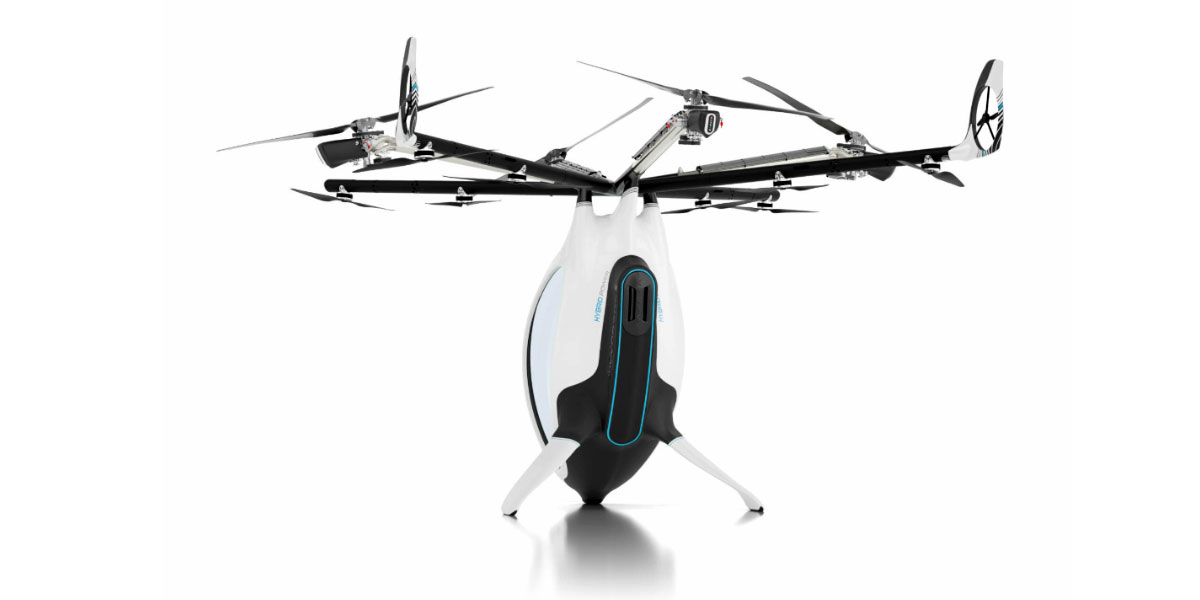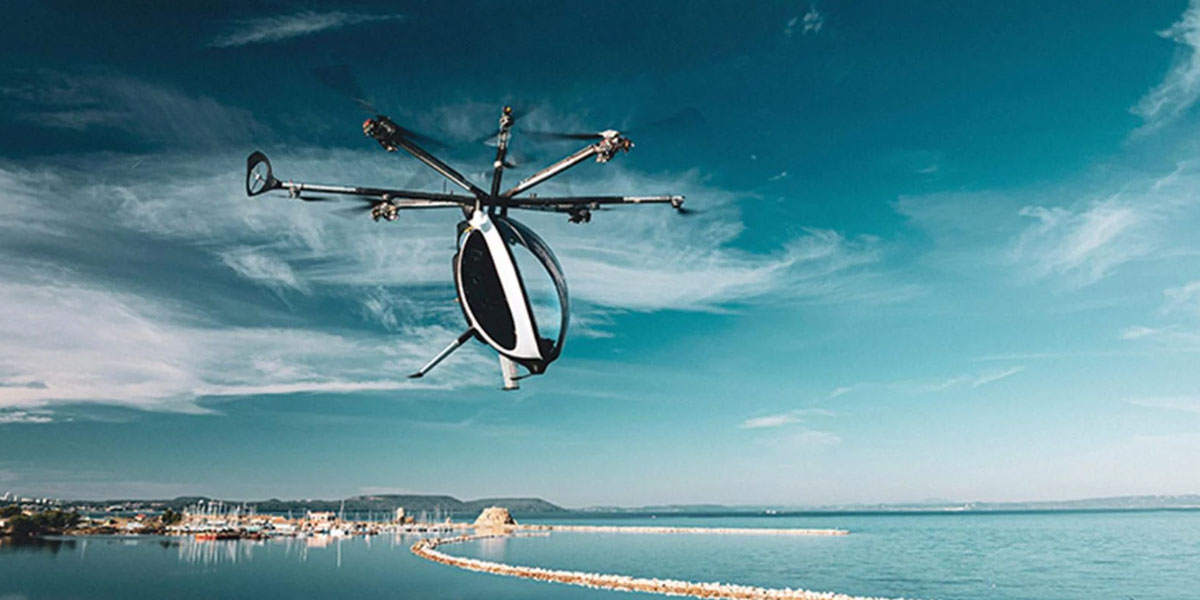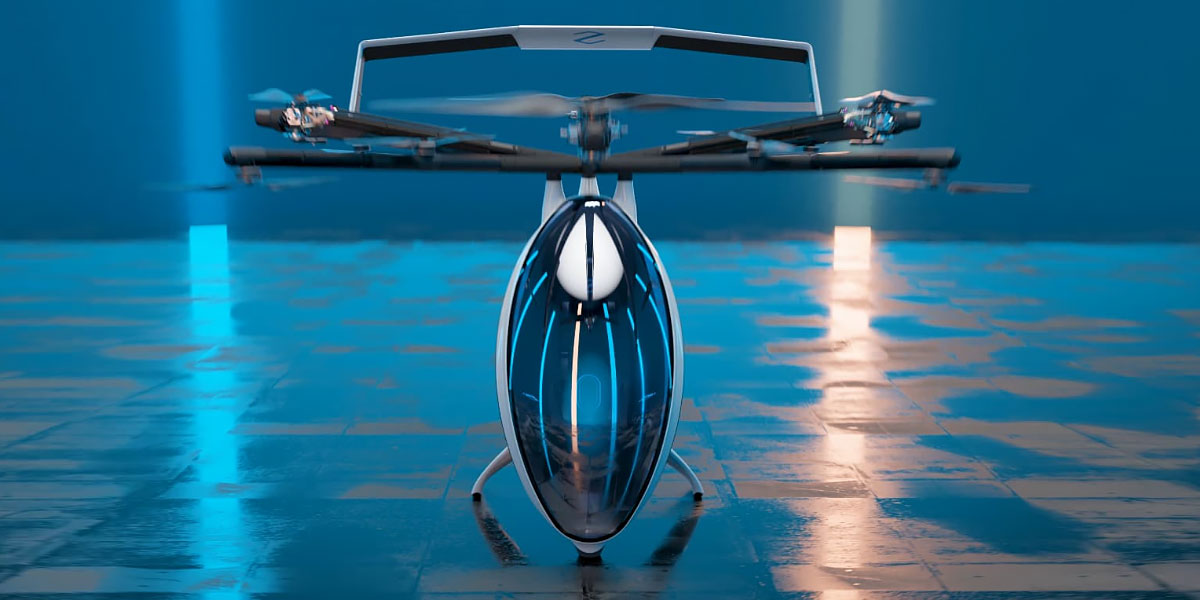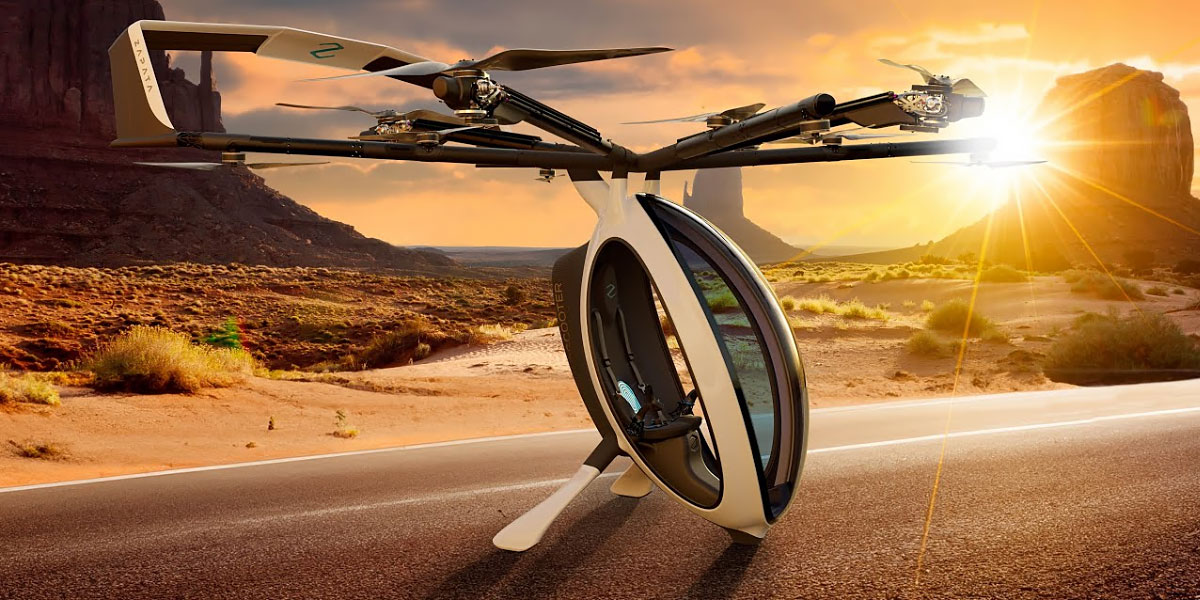Zapata Airscooter
User Rating: 4.00 / 5





What is the Zapata Airscooter?
The Zapata Airscooter is a French-manufactured hybrid VTOL features a flying time of 120 minutes, soaring up to 4000 meters and covering distances of 160 km at speeds of 100 km/h. Priced at US$ 128,000, ideal for adventure seekers and aviation fans.
Zapata Airscooter price:
US$ 128000 *
| manufactured in | France |
| model year | 2026 |
| flight altitude (m) | 4000 |
| flying time (min) | 120 |
| flying range (km) | 160 |
| max. speed (km/h) | 100 |
| weight (kg) | 115 |
| passengers (qty) | 1 |
| cargo capacity (kg) | 120 |
* Minimum price set by the manufacturer, excluding taxes and additional options

Exterior and Interior photos of Zapata Airscooter
Zapata Airscooter Review
The Zapata Airscooter is setting a new trajectory for personal flight. Engineered in France, this unconventional hybrid-electric VTOL (Vertical Take-Off and Landing) aircraft effortlessly captures attention with its distinctive egg-shaped pod and panoramic windows, delivering a flight experience akin to navigating through a living video game.
Unleashing Flight Dynamics
The Airscooter pushes the envelope with a patented propulsion system, employing 12 meticulously arranged propellers on eight booms to deliver both vertical lift and forward momentum. This daring design ensures a thrilling and stable ride at a maximum speed of 100 kilometers per hour (about 62 miles per hour), while steady cruising happens at 80 km/h (50 mph).
Stretching the Horizon
Whether it's a high-altitude adventure or a cityscape excursion, this flying machine is built for the task. Reaching impressive altitudes up to 4,000 meters (approximately 13,124 feet), it expands the vertical horizons for aerial enthusiasts, offering generous aerial activities potential.
The Power of Longevity
Thanks to its hybrid propulsion, the Airscooter doesn't skimp on airtime. It holds the air with a notable flying time of two hours, overshadowing many of its purely electric peers. With a range extending to 160 kilometers (roughly 99 miles), it’s here to keep you airborne longer and farther.
Payload and Capacity
Made to handle a single passenger, it offers a carrying capacity of 120 kilograms (around 264 pounds), enough for the pilot and essential items. Weighing in at a light 115 kg (about 254 lbs), this innovative craft strikes the perfect balance between lightweight design and practicality.
Ease of Engineering Mastery
For those apprehensive about journeying aloft, fear not. The Airscooter’s fly-by-wire control system simplifies navigation, akin to playing with a sophisticated drone. In certain areas, such as the United States, no pilot's license is required under FAA Part 103 Regulations, minimizing barriers to entry for aspiring aviators.
Eco-Friendly Tailwinds
While not entirely electric, the hybrid nature of the Airscooter keeps its carbon footprint on par with a typical passenger car. Committed to greener aviation, Zapata collaborates with organizations like ETS Innovation in its quest for more sustainable fuel solutions.
Market and Flight Accessibility
Though the Airscooter isn't yet available for personal purchase, aviation dreamers can rendezvous at flight centers, with the inaugural U.S. location in Lake Havasu City, Arizona. Here, enthusiasts can revel in training and flight escapades, soaring the skies for around $200 a session.
Pros versus Cons
The Airscooter dazzles with extended flight durations and waives the need for a pilot's license, in favorable jurisdictions. Its advanced safety algorithms promise a reassuring flight experience. However, it's currently bound by rental-based access, presenting higher operational costs tied to its hybrid system. Regulatory nuances persist, especially across European airspaces.
Navigating the Costs
Priced at $128,000 (€110,400, £94,700), the Airscooter carves an exclusive niche as a premium flight instrument. Its allure lies not in personal ownership but in delivering an ephemeral airborne escapade for ardent aviation admirers.
The Ride of Tomorrow
The Zapata Airscooter soars through uncharted airways, merging engineering wit and airworthy ambition. As a product stamped with the spirit of innovation, it sets a paradigm in how we envisage personal aerial transport in years to come.
Manufacturer: Zapata
Related Video
Comparison:
Zapata Airscooter takes to the skies with a commanding presence among its airborne brethren like the Lilium Jet, Joby S4, Heaviside, and Volocopter 2X. Each of these VTOL marvels flaunts a mix of cutting-edge technology and eco-conscious designs, but when juxtaposed, each reveals distinctive traits that beckon the discerning skyward adventurist.
Range
Zapata Airscooter proudly claims a flying range of 160 km (99 miles), a feat enabled by its hybrid-electric propulsion. In comparison, the Lilium Jet, a fully electric craft, may soar up to an impressive 300 km (186 miles), yet other contenders like the Volocopter 2X lag behind with only 35 km (22 miles). Meanwhile, Joby S4 and Heaviside nestle somewhere in between, offering 240 km (149 miles) and 160 km (99 miles) respectively, challenging the Airscooter's claim to versatility.
Acceleration
When it comes to zipping through the atmosphere, acceleration is the name of the game. The Zapata Airscooter strides with measured elegance, paramount in control rather than sheer thrust, aligning with its VTOL peers. The Joby S4 and Lilium Jet are noteworthy harbingers of velocity, accelerating swiftly with their advanced electric propulsion systems.
Power
Propulsion in the airy realm is as much about power as it is about finesse. The Heaviside and Joby S4 furnish ample muscle with their state-of-the-art motors, while Zapata Airscooter boasts an ingenious array of 12 propellers that deftly balance agility and power for the singular pilot-cum-passenger unit. However, Volocopter 2X's utilization of stability over brute strength showcases its prowess in urban eVTOL domains.
Charging Time
The hybrid advantage of the Zapata Airscooter nullifies the protracted charging sessions faced by its purely electric counterparts. While the Lilium Jet and Joby S4 demand significant patience at the plug with over an hour's wait, the Airscooter skims past, ready for action with minimal pit stops thanks to a complementary combustion counterpart.
Price
The financial outlay for these vehicles is as sky-high as their altitude capabilities. The Zapata Airscooter is tagged at a wallet-numbing $128,000 (£98,000, €116,000), but innovation seldom comes cheap. Comparatively, the Lilium Jet and Joby S4 ask for princely sums, likely to hover substantially higher once finally available for consumer wallets. The Volocopter 2X aligns itself slightly more modestly, eyeing mass appeal yet with costs reflecting the nascent state of the technology.
In the pantheon of personal flying vehicles, Zapata Airscooter carves a distinct niche, replete with daring innovations and practical forethought, establishing itself as an aerial pioneer amid the VTOL titans of today.
F.A.Q.:
What is the range of the Airscooter on a single charge?
The Zapata Airscooter has a flying range of 160 km (approximately 100 miles) on a single charge, thanks to its hybrid-electric propulsion system. This is considerably long for personal VTOL aircraft, making it suitable for various aerial activities.
How long does it take to fully charge Zapata Airscooter?
The Airscooter operates on a hybrid system, so full charging specifics are not disclosed. However, the hybrid system allows for flight endurance of over 2 hours, meaning actual charging times largely depend on the infrastructure set in place at flight centers.
What is the price of a car?
The Zapata Airscooter is priced at US$ 128,000 (€116,256/£101,452). However, it is currently available only through flight centers for experience sessions, rather than direct purchase for personal ownership.
What is top speed?
The maximum speed of the Zapata Airscooter is 100 km/h (62 mph), with a comfortable cruising speed of 80 km/h (50 mph). This speed range allows for efficient and enjoyable travel across a variety of aerial routes.
What is a battery capacity?
The Airscooter employs a hybrid-electric power system rather than relying solely on a battery, offering a longer flight endurance than many pure-electric aircraft. This makes it efficient in terms of energy usage and operational range.
Can electric flying vehicles be used for long-distance travel?
With its range of 160 km (100 miles) and flight endurance of over 2 hours, the Zapata Airscooter can handle a variety of short to moderate distance aerial tasks, though it's less suited for extended long-distance travel compared to much larger aircraft.
Are electric vehicles suitable for cold climates?
The Zapata Airscooter's design and hybrid-electrical system make it robust and adaptive to different environments. However, like all aircraft, performance in extremely cold climates should be assessed prior based on additional weather-specific factors.

